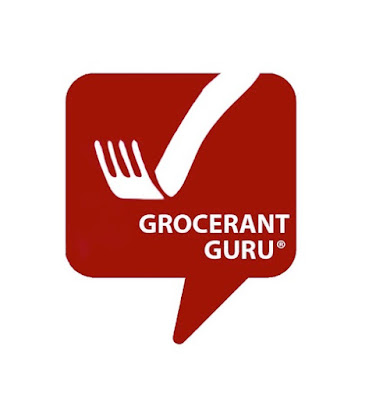How much would you pay to get a new customer for
life? That is the question foodservice
retailers should be asking themselves according to Steven Johnson, Grocerant Guru®
at Tacoma, WA based Foodservice Solutions®. Johnson
believes that the cost of a lifetime customer and cost of customer acquisition
need to be top of mind for every leader selling food or beverages in every
retail channel today.
Regular readers of
this blog know that Gen Z and Millennials both have an unmet need-set, that
being food discovery. Garnering trial from a digital native is one thing. The real question is how to you plan to keep
them a customer for life after they try your brand? Younger consumers are developing strong
preferences for brands that meet their needs.
Recently Mobiquity, a digital consultancy shared some
insights with CSNews, about how retailers might encourage more occasions and ultimately earn
their long-term business. The majority of consumers surveyed by Mobiquity, noted
an increase in mobile, and online ordering, as well as the utilization of
curbside services in the past year.
Mobiquity, found that this
is especially true among digital native generations, with younger customers
nearly three times as likely to use mobile apps than those ages 56 and above.
Because of this growing mobile usage, younger consumers are creating digital
habits and developing strong preferences for brands that meet their needs.
The findings went on to say that along
the same lines, 63 percent of consumers ages 25 to 40 will frequent a restaurant
or convenience store that has digital offerings more often than ones that do
not. Forty-four percent of consumers in this age group have also changed where
they order food from because their usual place had subpar digital offerings.
Additionally, more than 70 percent of consumers ages 18 to 55 stating that
they are likely to increase how often they order from a store if their mobile
app is easy to use.
·
Digital ordering promotes
customer loyalty: When it comes to continuing to
order from a particular restaurant or convenience store, 82 percent of
respondents agree that having an easy-to-use website is important and 76
percent agree that an easy-to-use mobile app is crucial.
·
Customers will switch
allegiance for better rewards: Fifty-two
percent of respondents ages 25 to 40 changed where they order food from because
another store had a better loyalty or rewards program.
·
Current apps are not quite
meeting expectations: Of the consumers surveyed, 71
percent were satisfied with delivery mobile apps, such as DoorDash, GrubHub and
Uber Eats. Seventy percent were satisfied with restaurants' apps, 61
percent were satisfied with coffee shops' apps, but only 53 percent were
satisfied with convenience stores' mobile offerings.
·
Contactless fueling could
lead to increased c-store visits: Among
the 25 to 55 age demographic, the majority of consumers would visit a
particular convenience store more if it offered them the ability to fuel their
car using a mobile phone (more than 50 percent) as well as if they could earn
fuel discounts via a mobile rewards program (more than 70 percent).
·
Income has an impact on order
frequency: Those in the lowest income bracket
($50,000 or less) are most likely to use an app to order food and be frequent
users, making about 56 visits a year. That's compared to consumers who earn
more than $100,000 per year who make about 36 visits in the same timeframe.
Britt Mills, senior director, customer
experience at Mobiquity, stated, "Restaurant and convenience store
customers have rapidly adopted digital tools over the last year in order to
safely interact with their preferred brands," … "It comes as no
surprise that younger generations of customers are more comfortable using
mobile apps to order food. Our Restaurant and Convenience Store Digital
Impact Report revealed that these consumers have built digital habits
that will remain even as restrictions ease. It's vital for restaurants and
convenience stores to meet and exceed expectations when it comes to mobile apps
to cement long-term consumer loyalty as competition grows."
The Restaurant and Convenience
Store Digital Impact Report explores how consumers are engaging with
technology in restaurants and convenience stores as well as how this engagement
affects loyalty, order frequency, and in-store or in-restaurant traffic. Nearly
1,300 consumers across the U.S. ages 18 and older were surveyed.
For the full Restaurant and Convenience
Store Digital Impact Report click this blue link.
Looking for
success clues of your own? Foodservice Solutions® specializes in outsourced food marketing
and business development ideations. We can help you identify, quantify and
qualify additional food retail segment opportunities, technology, or a new menu
product segment. Foodservice Solutions® of Tacoma WA is the global leader in the Grocerant niche visit
us on our social media sites by clicking one of the following links: Facebook, LinkedIn, or Twitter





No comments:
Post a Comment